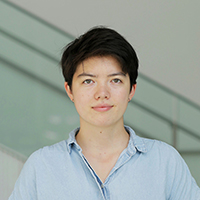

I'm a PhD student at the MIT Center for Bits and Atoms, researching robots that can assemble large-scale mass-efficient structures.
I can be reached at miana [at] mit [dot] edu. CV/resume, Google Scholar, LinkedIn, YouTube lol
Site under re-development. Last updated Nov. 2025